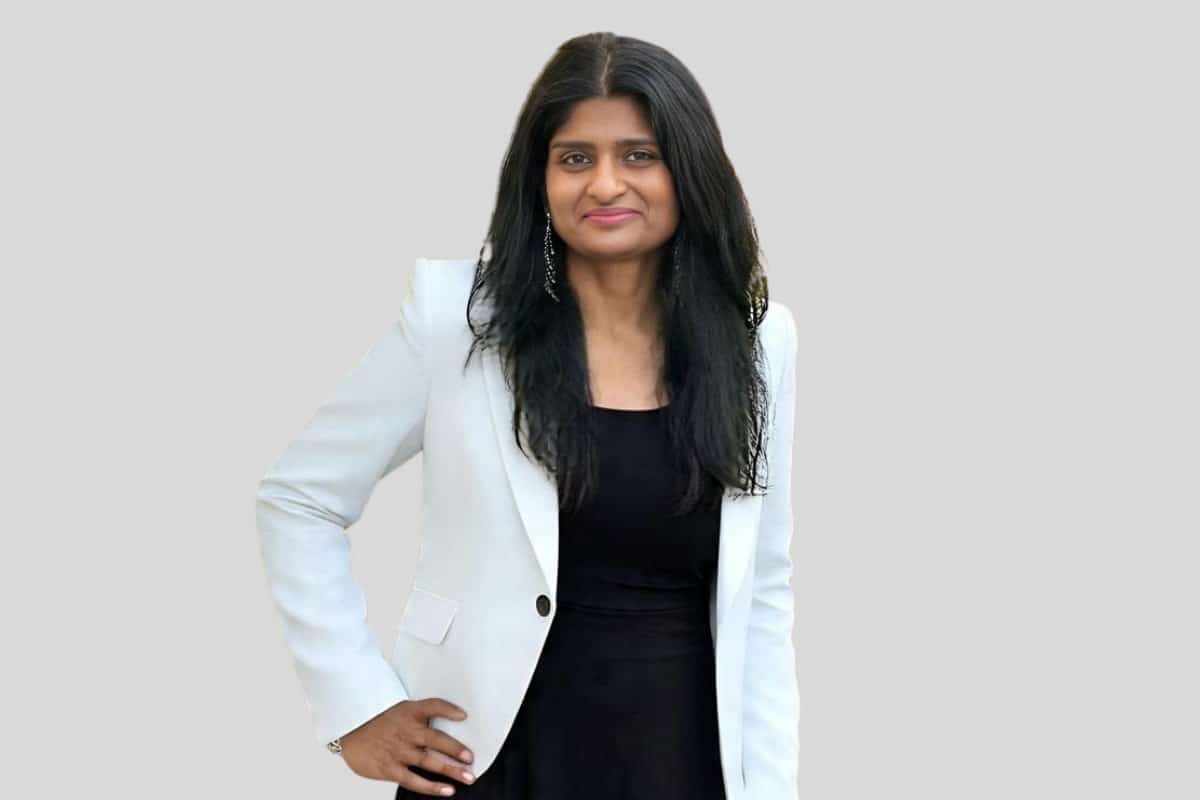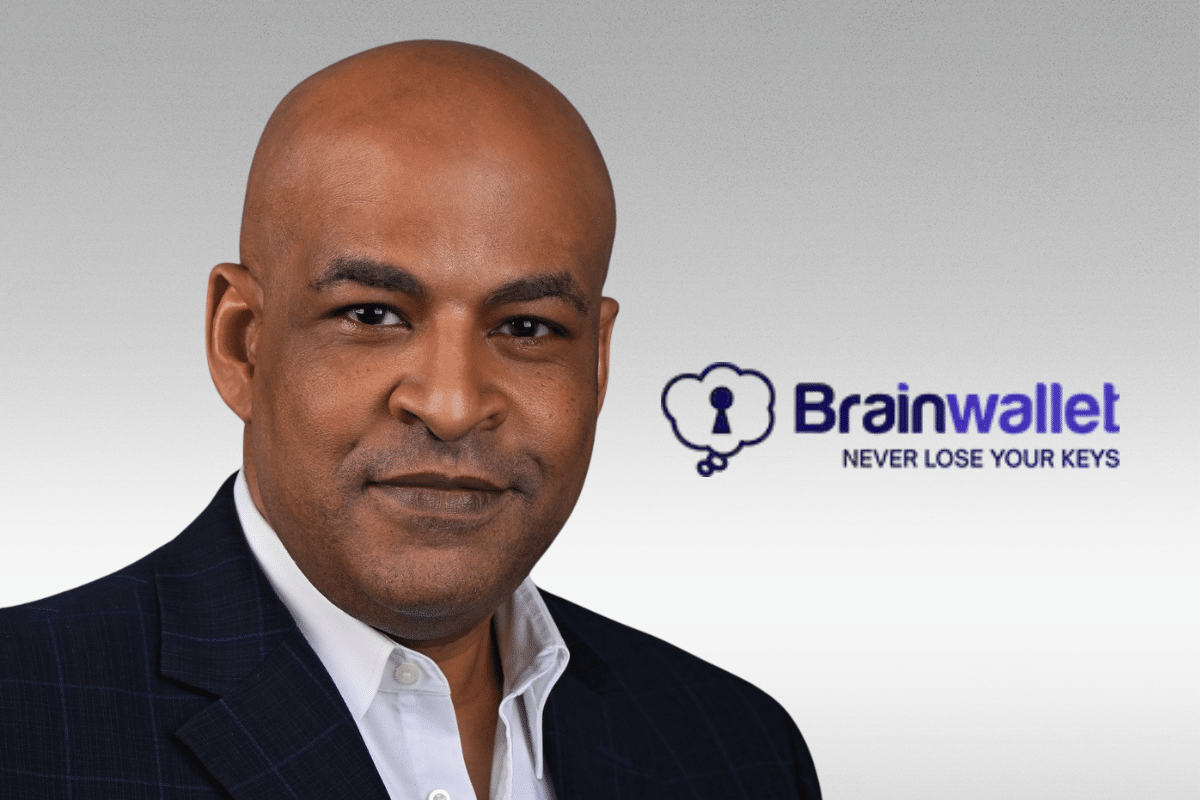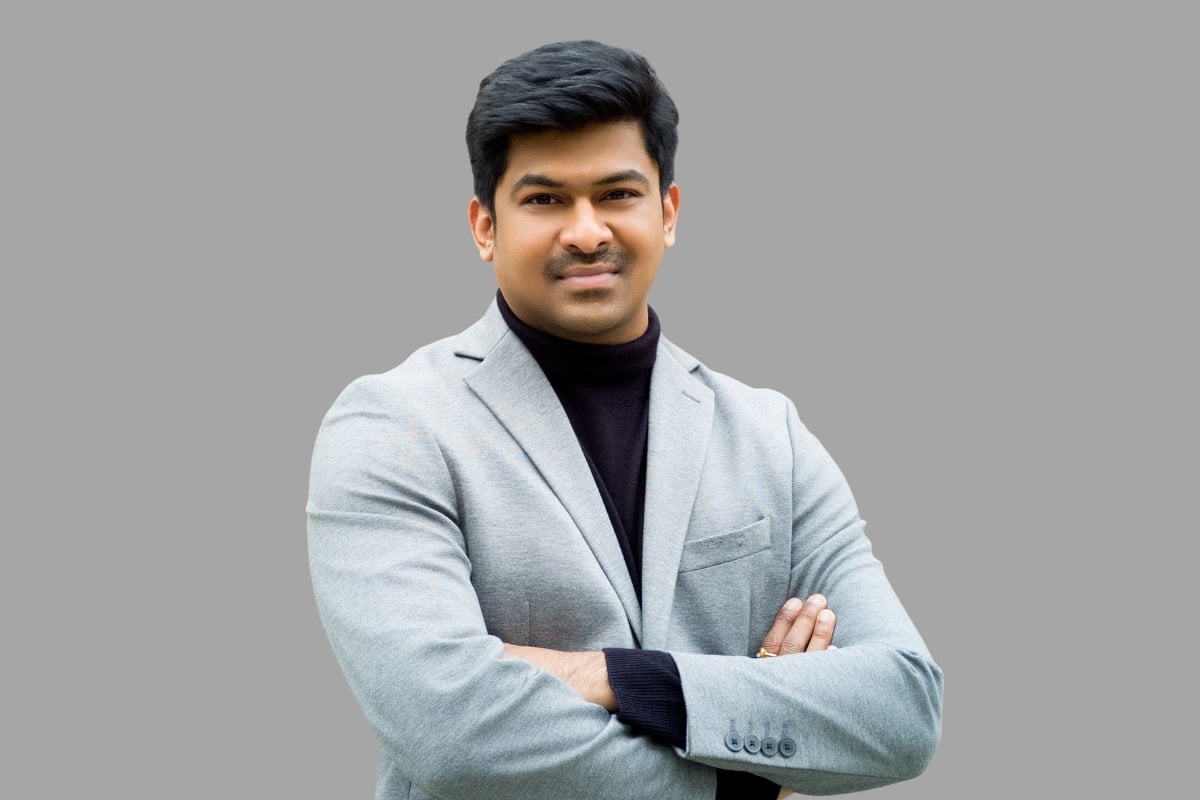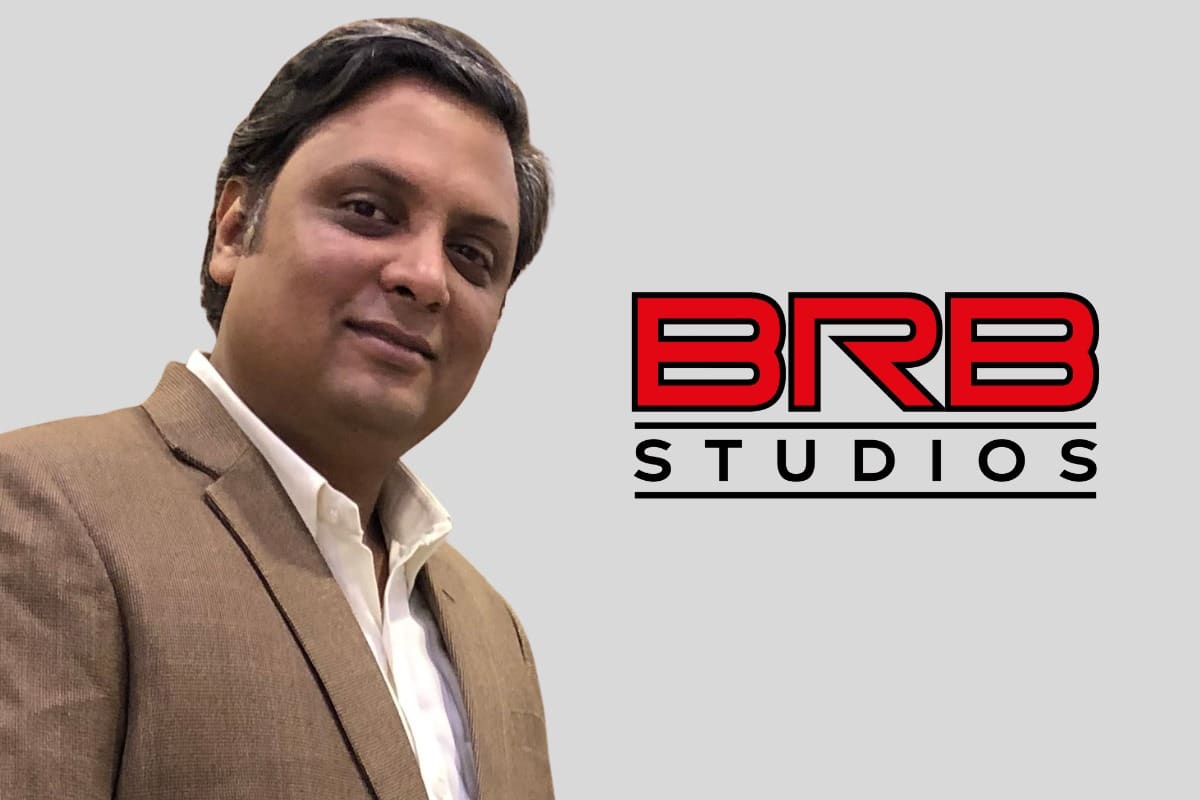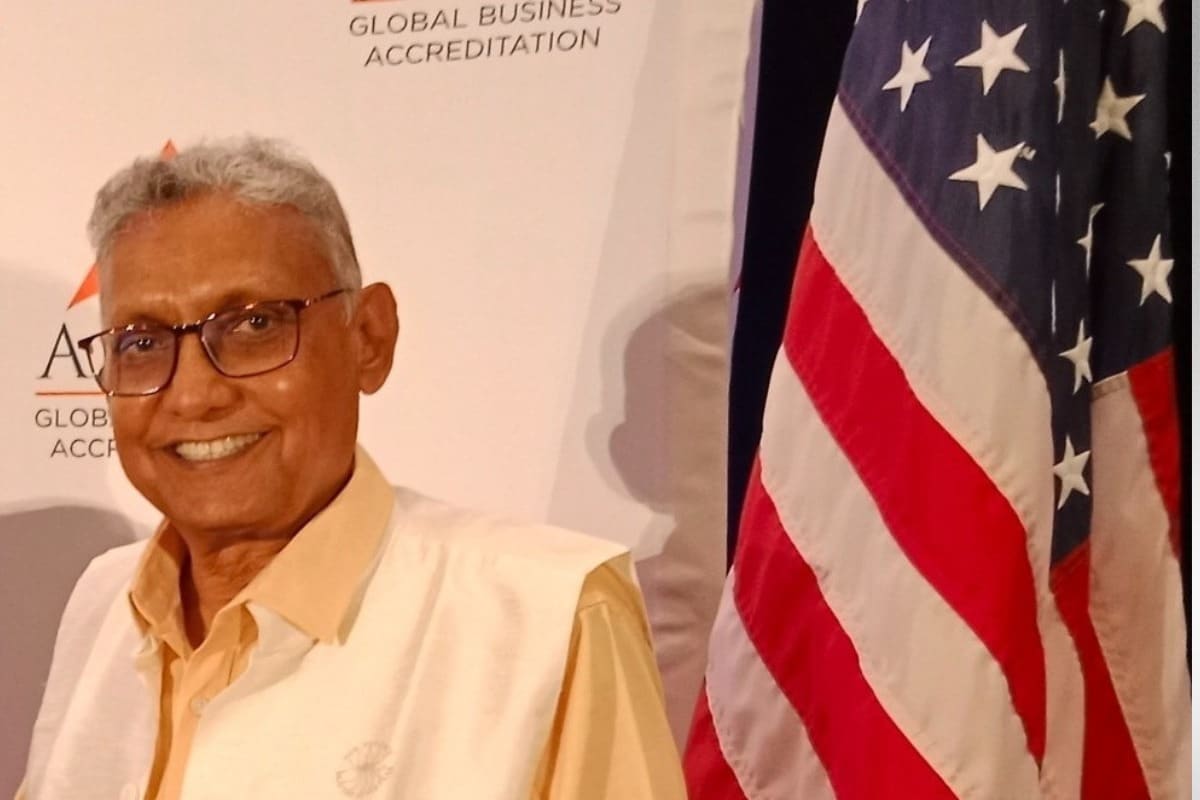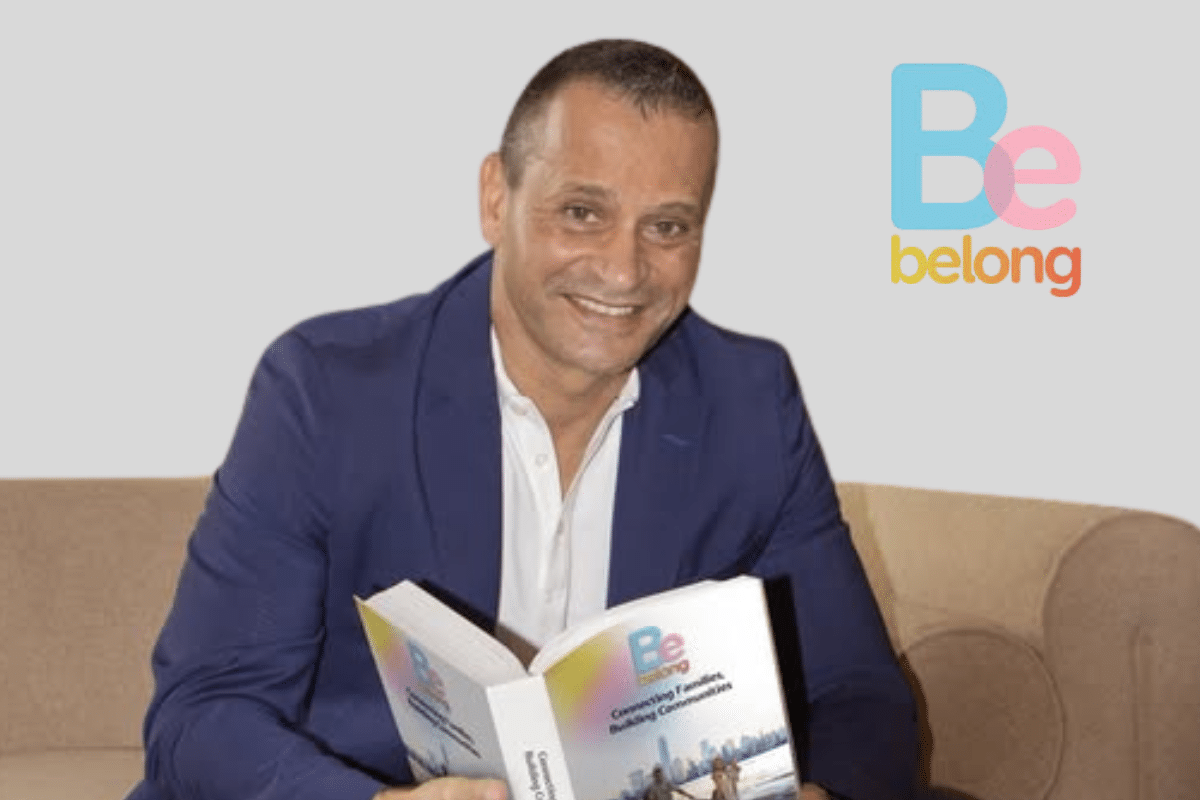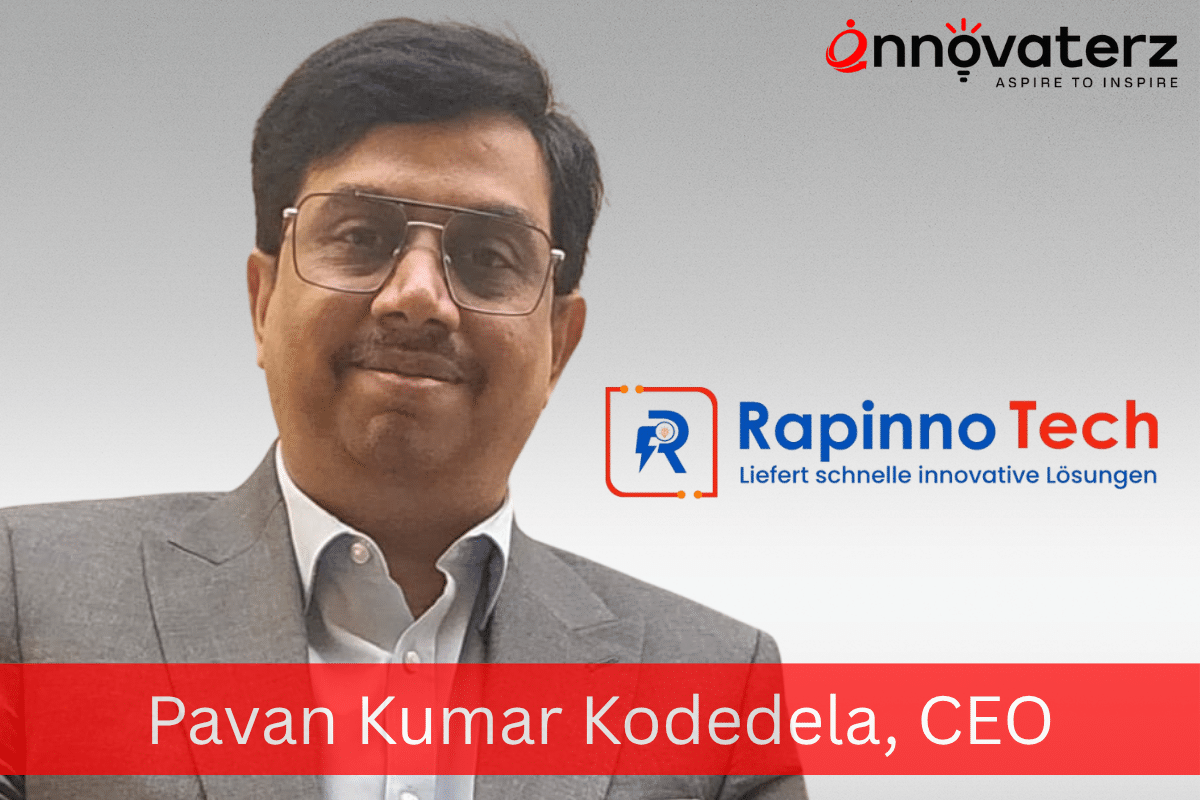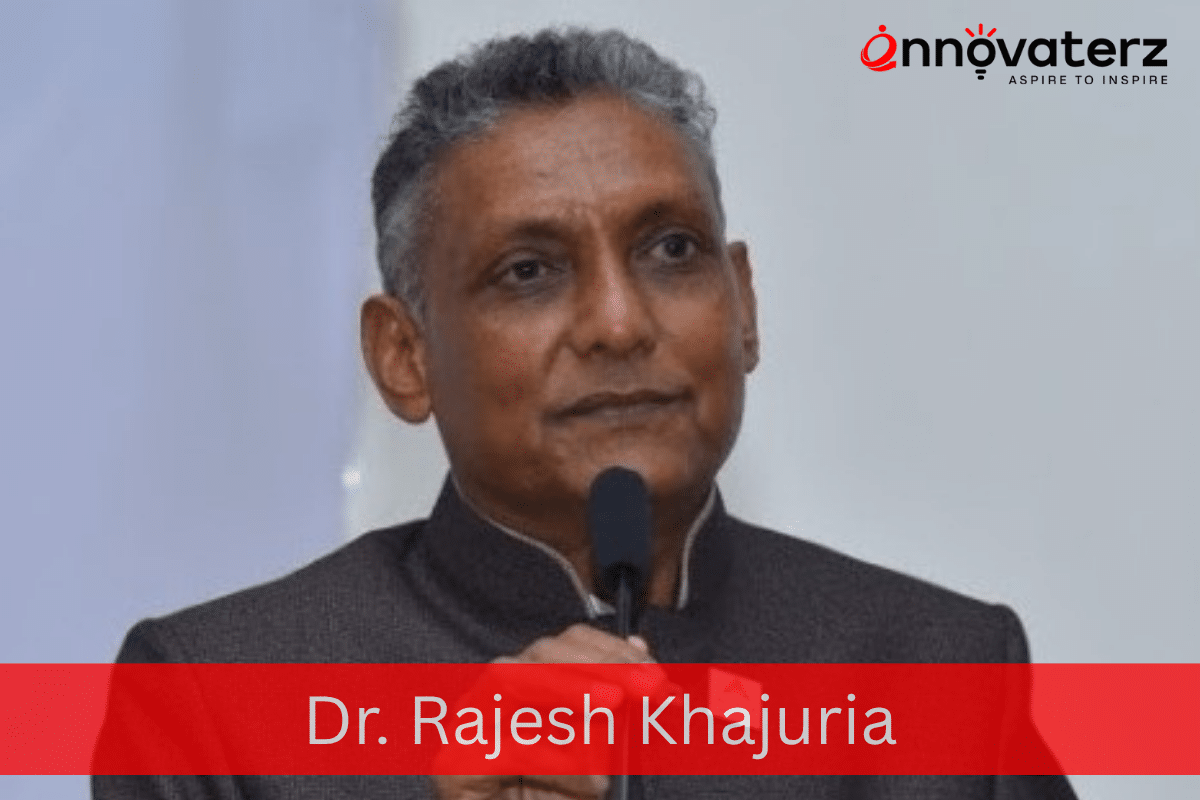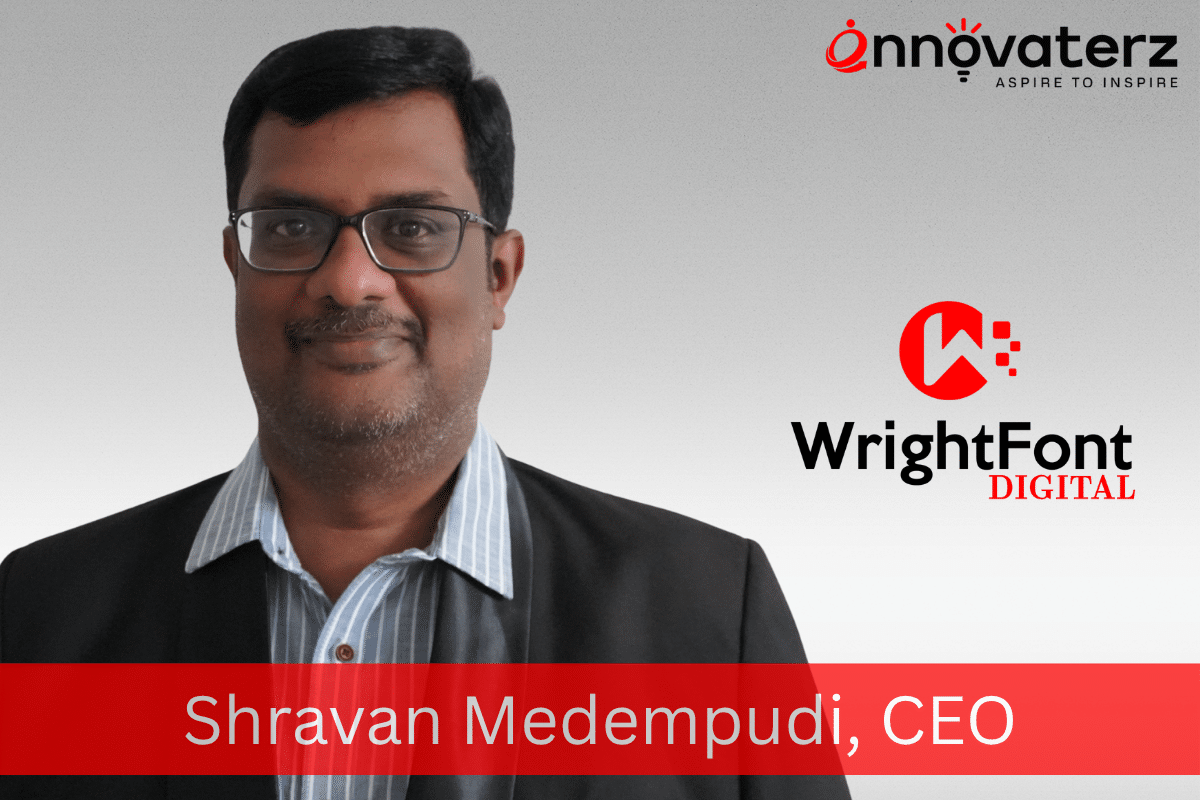Early Influences & Interests
Could you share insights into your educational background and how it has influenced your career trajectory?
My interest in technology started in high school when I was introduced to computer programming—it instantly sparked a curiosity that led me to pursue a Master’s in Computer Engineering. Outside of academics, I found joy in cooking and puzzles—activities that require structure, creativity, and synthesis. That mindset—of organizing, building, and iterating—translates directly to how I approach problem-solving in technology.
Over time, I found myself drawn to leadership roles where I could not only build solutions, but also guide teams, align business strategies, and connect the dots across functions. That combination of technical foundation, creative problem-solving, and people leadership naturally shaped my evolution into tech leadership.
Were there any pivotal moments during your education that shaped your professional outlook?
Definitely. One formative experience was leading an undergraduate project to develop a system for managing hospital operations. It was the first time I balanced hands-on design with team leadership—guiding interns, coordinating deliverables, and solving real-world healthcare challenges. It gave me an early sense of purpose and taught me that strong collaboration, empathy, and user-focused thinking are just as important as technical skill in delivering impact.
Career Growth & Leadership Mindset
With over 20 years in the tech sector, what have been some of your most defining roles or projects?
Every chapter has taught me something new. Early in my career at Wolters Kluwer, I led engineering teams focused on performance, scalability, and customer-centric product development. That technical depth helped me later lead 95+ business-critical applications at my stint with Broadcom where I was balancing engineering and business priorities.
At SCAN, I have led digital transformation, modernization initiatives and scaled enterprise service delivery across clinical, operational, marketing, sales, product development, financial, and regulatory functions. Leading cross-functional programs between architecture, product, and delivery teams under SAFe framework, launching sales to care platforms, and enabling automation through RPA and low-code platforms have been key milestones.
How has your leadership style evolved over the years, and what shaped that growth?
I began as a doer—hands-on, technically focused, outcome-driven. But as I matured, I realized true leadership is about vision, influence, and people. Leading transformations across industries taught me the value of empathy, transparency, and systems thinking. Today, I lead with a futurist mindset—guiding teams to build for what’s next, not just what’s now.
I focus on empowering others, removing friction, and connecting strategic foresight to real execution. Mentorship and thought leadership have also become core to how I lead—it’s about raising others up.
Looking back, what was a turning point in your career that shaped who you are today?
Leaving a stable role at Wolters Kluwer to lead a massive portfolio at Broadcom was the inflection point. I had to assess a fragmented app landscape, present to executives, and build a modernization roadmap from scratch. That leap taught me strategic storytelling, stakeholder alignment, and the courage to lead at scale. It marked the moment I stepped into true enterprise leadership.
Innovation in Action
What emerging technologies do you find most promising, especially in the healthcare space?
Technologies like generative AI, edge computing, automation, and real-time interoperability are redefining how we deliver care and value. They help design smarter benefits, reduce friction, and create personalized experiences that drive better outcomes and satisfaction. My focus is always on applying tech in a scalable, secure, and mission-aligned way which helps building sustainable ecosystems that support operational excellence and long-term member engagement.
Can you share an example of how you’ve successfully integrated new technologies into legacy environments?
At SCAN, we modernized business-critical workflows that were still on legacy technology. Rather than a disruptive overhaul, we used modular APIs and AI-ready architecture to integrate real-time validation, eliminate data silos, and accelerate reporting. This future-proofed the system while maintaining continuity—and laid the foundation for machine learning and predictive analytics.
The key was stakeholder alignment, data governance, and building reusable components that enabled scalability without sacrificing compliance or performance.
Could you highlight an innovative project you led and the organizational impact it created?
One standout was using Microsoft Power Platform, RPA, and AI to modernize operational processes reconciliation and work assignment workflow, which was a highly manual process. We built a low-code app with real-time exception handling, automated validation, and Power BI dashboards. Processing time dropped by 60%, accuracy improved, and compliance was strengthened.
But more importantly, it sparked a culture shift—we empowered business teams to become co-creators using low-code tools, moving innovation from IT-led to enterprise-wide.
SCAN Story: Strategic Transformation & Leadership
What were the biggest challenges you faced stepping into the healthcare domain at SCAN?
Transitioning into healthcare with no prior experience was a challenge—but one I embraced as an opportunity. I immersed myself in learning the ecosystem—clinical, operational, and regulatory. I built relationships with cross-functional leaders, mapped end-to-end processes, and uncovered integration gaps.
This detailed understanding allowed me to deliver tech solutions that balanced innovation with compliance and patient impact. It also accelerated my learning curve and helped me scale SCAN’s mission of keeping seniors healthy and independent.
Tell us about a strategic initiative you led at SCAN that had a lasting impact.
One of the most transformative efforts was modernizing operational workflows. We introduced a phased, AI-ready architecture that automated processes like eligibility checks and claims pre-validation using RPA.
This initiative reduced manual effort, improved compliance, and became a model for digital transformation as it was built with agility, foresight, and business-IT alignment at its core.
Strengths, Impact & Adaptability
What strengths have been most instrumental in your tech leadership journey?
My key strengths are strategic problem-solving, cross-functional collaboration, and the ability to think both technically and holistically. I lead with a business mindset—solving not just for features, but for measurable value. I also bring agility, curiosity, and a deep focus on aligning technology with outcomes.
More recently, thought leadership, futurist thinking, and cultivating high-performing teams have become central to my impact as a leader.
How do you adapt across industries and lead through change?
Adaptability is my superpower. I’ve moved from tax and accounting to semiconductors to healthcare—each time learning new regulations, processes, and customer expectations. I approach every new role with humility, active learning, and an eagerness to build strong networks.
I apply transferable leadership principles—clear vision, communication, and ownership while customizing for each industry’s nuance. Embracing uncertainty and learning through discomfort have made me resilient, resourceful, and innovation-ready.
Mentorship, Legacy & Forward Momentum
How do you approach mentorship and support emerging professionals?
My mentoring approach is rooted in empowerment. I identify strengths in others, offer learning opportunities, and coach them through ambiguity. One mentee grew from business analyst to product manager under my guidance, owning a major product line today. Mentorship for me is about unlocking someone’s next level—and it’s one of the most fulfilling parts of leadership.
What qualities or experiences do you feel set you apart in your career?
What sets me apart is the ability to bridge deep technical expertise with strategic, cross-industry leadership. I’ve managed high-stakes portfolios, modernized critical systems, and entered new industries with speed and success. I thrive at the intersection of people, process, and tech, and I’m known for leading with purpose, delivering with clarity, and leaving systems better than I found them.
How do you foster a culture of innovation within your teams?
I create environments where experimentation is encouraged, and failure is safe. We run innovation sprints, build agile squads, and embed domain experts into tech teams. I also invest in upskilling, leadership exposure, and structured ideation spaces. Innovation isn’t just a role, it’s a mindset we bake into how we work, iterate, and grow.

